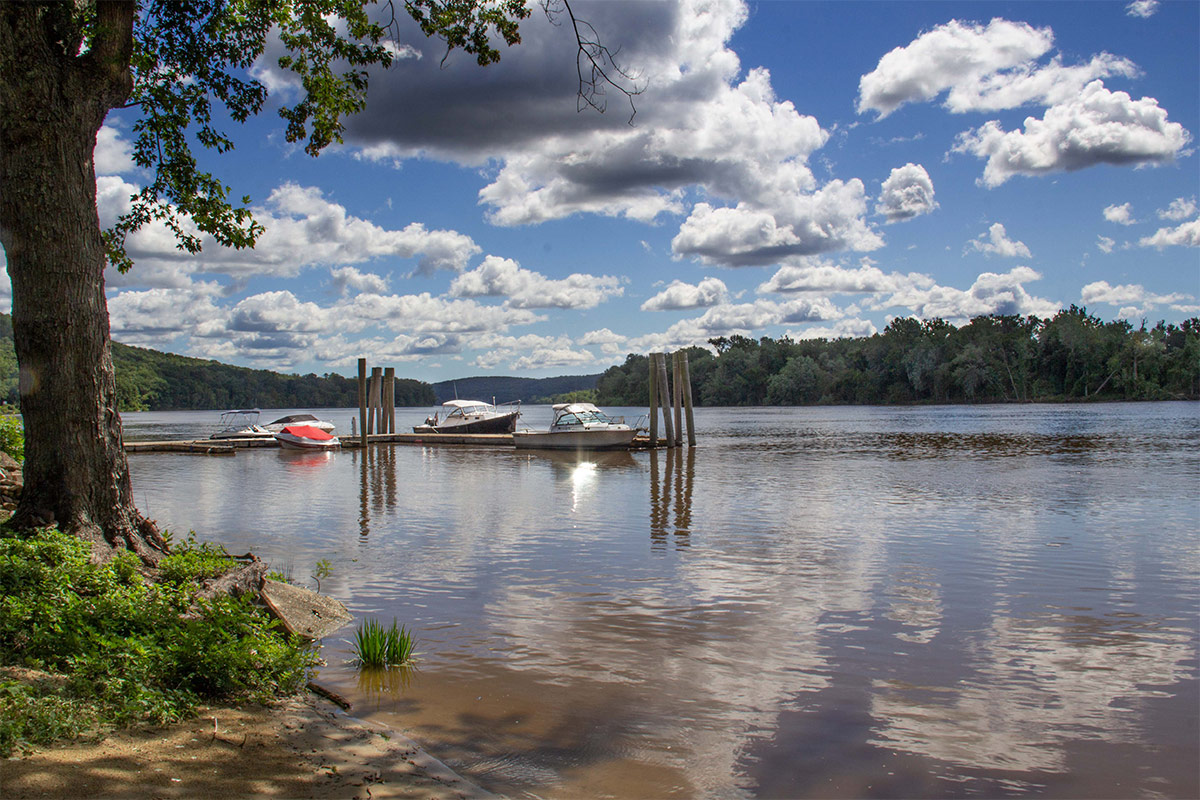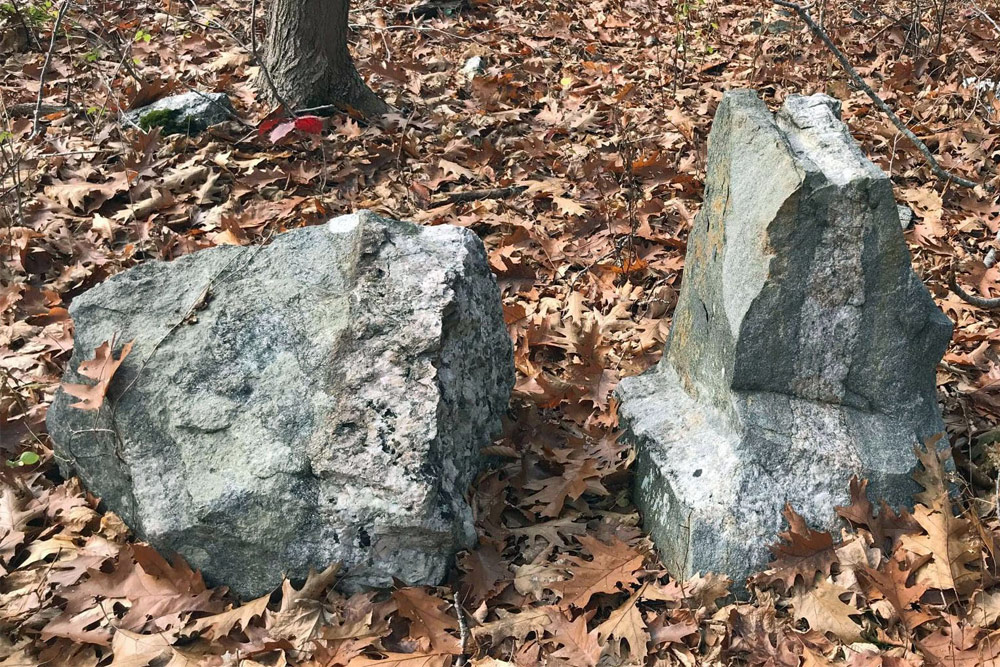What Can I Do?
River Safety & Health Tips
Waiting for Swallows, Kathleen DeMeo
Enjoying Time On and Along the River
The Connecticut River is a treasure for all the enjoyment it offers us while sightseeing, hiking, picnicking, birding, sailing, motor boating, paddling, rowing, fishing, swimming or camping.
The river today is much cleaner than it was decades ago, a healthy change made possible by many people’s care and work.
Many of us visited natural areas during the pandemic and we found that being outdoors improves our physical health and mental well-being. Access by all to nature is encouraged but comes with responsibility.
Please join in keeping the river safe and healthy.

Along the River
Respect public access areas and neighboring property owners. Don’t trespass or trample over sensitive tidal or wetland plants. Restrictions for fishing, shellfishing and other activity are for your own wellbeing as well as for the environment. Restrictions are often posted so you will not be at risk of disease or parasites.
Don’t litter — take out what you bring into natural areas. Various groups sponsor clean-ups that remove trash from the environment. The Connecticut River Conservancy’s Source to Sea Clean-Up and local efforts always need volunteers.

On the Water
Whether you have a power boat, sailboat, canoe or kayak, the first rule on the water is be safe. If you’re new to boating, enroll in a boating class. The US Coast Guard has a guide on safe paddling.
An increasing number of harmful aquatic species are invading local waters, including the Connecticut River. Before leaving a boat launch area, practice the Clean, Drain, Dry technique. Look for and remove any visible plant or organic debris before leaving so it is not spread to other waters. Drain as much water from your boat as possible. And let your equipment dry, if possible, before going out again.
If you are fishing or waterfowl hunting, many of the same cautions apply.
Clean visible plants and debris from waders, hip boots, decoys, etc. Brush your hunting dog off as well. Dry your equipment or wipe it with a towel before using again. If you go out with others, tell them about the threats aquatic invasive species present to your and their favorite areas.


100s of Years Quarrying Granite in the Lower Connecticut River Valley
With help from the Connecticut River Gateway Commission, the Middlesex Land Trust preserved a quarry in Haddam Neck. The Brainerd Quarry Preserve offers ridgeline paths with breathtaking views of the Connecticut River and Haddam Meadows State Park. In the 18th century, granite blocks were split from outcroppings and sent down the steep hillside to be shipped via the river to New York, Philadelphia, and even New Orleans for construction.
